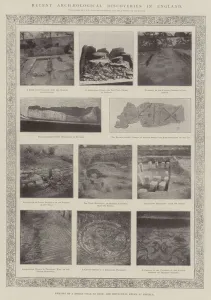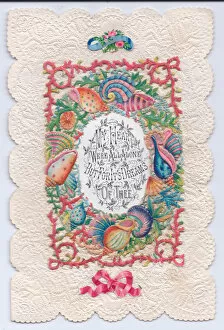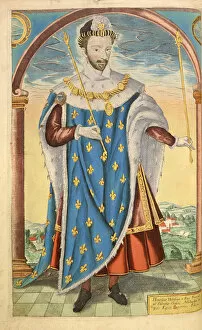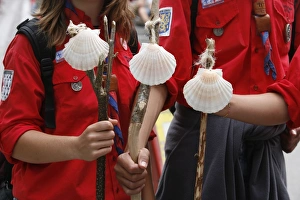Scallop Shells Collection
Scallop shells, with their delicate curves and intricate patterns, have long been a source of fascination and inspiration
All Professionally Made to Order for Quick Shipping
Scallop shells, with their delicate curves and intricate patterns, have long been a source of fascination and inspiration. From the pages of Walter Crane's Painting Book to the grandeur of a George I eight-branch chandelier, these shells have found their way into art and design throughout history. Recent archaeological discoveries in England have unearthed scallop shell artifacts, shedding light on their significance in ancient cultures, and are not merely decorative objects but hold deep symbolic meaning. The scallop shell is closely associated with St James, as seen in Prince Charles of Hesse-Kassel's pilgrim costume painting from the 18th century. In Victorian times, scallop shells adorned die-cut embossed paper lace greeting cards, adding an element of elegance and whimsy to correspondence. These intricate designs mirrored the beauty found in nature itself. The portrait of a gentleman as a pilgrim captures the essence of pilgrimage - holding a staff with a gourd while walking along a track. The presence signifies his devotion to St James and his journey towards spiritual enlightenment. Even historical figures like Henry III of France recognized the importance by incorporating them into military honors and civil ceremonies. This further solidifies their role as symbols deeply embedded within cultural traditions. But it is not just through art or symbolism that we encounter these magnificent seashells; they also exist in nature themselves. Mussels delicately painted in vibrant colors capture our attention with their resemblance to scallop shells – reminding us once again how intricately connected all living things are. Differents desseins de sallieres Ornament Prints showcase various ornamental designs featuring scallop shells – highlighting their versatility when it comes to embellishing architectural elements or household items. Lastly, one cannot overlook how small churches covered entirely in scallop shells create awe-inspiring sights for those who visit them. These structures stand as testaments to faith and dedication while paying homage to the symbol of St James.











